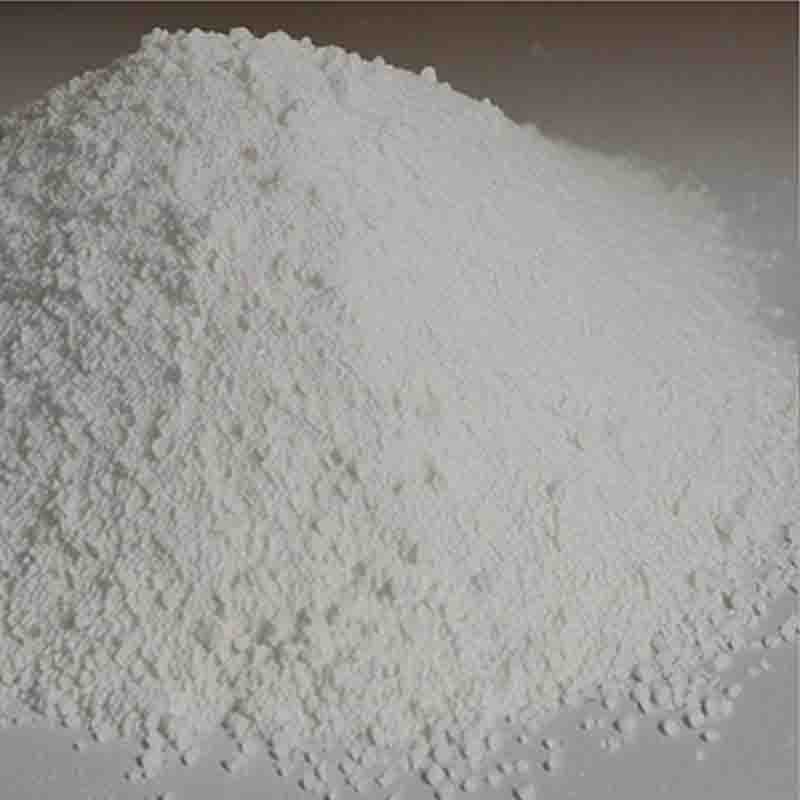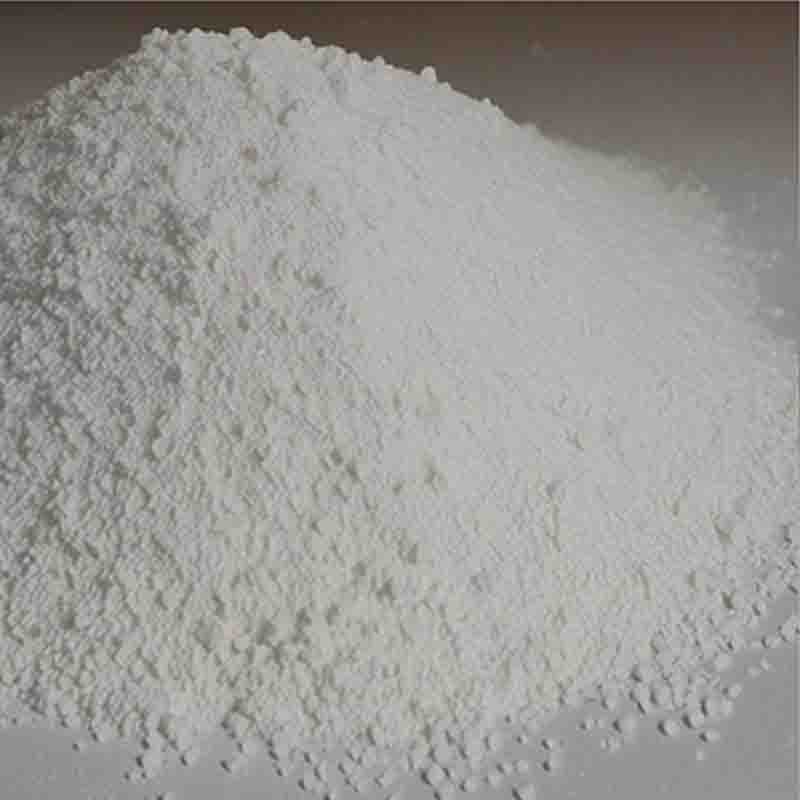1 ’1-Bis(diphenylphosphino)ferrocene Palladium(Ⅱ)chloride dichloromethane chloride CAS: 95464-05-4
| Catalog Number | XD93973 |
| Product Name | 1 ’1-Bis(diphenylphosphino)ferrocene Palladium(Ⅱ)chloride
dichloromethane chloride |
| CAS | 95464-05-4 |
| Molecular Formula | C35H24Cl4FeP2Pd |
| Molecular Weight | 810.59 |
| Storage Details | Ambient |
Product Specification
| Appearance | White powder |
| Assay | 99% min |
1,1-Bis(diphenylphosphino)ferrocene Palladium(II) chloride, commonly known as PdCl2(dppf), is a chemical compound used as a catalyst in various organic reactions. It consists of a palladium(II) ion bonded to two chloride ions and two dppf ligands.One of the key applications of PdCl2(dppf) is in the field of cross-coupling reactions. Cross-coupling reactions involve the formation of a carbon-carbon bond between two different organic molecules. PdCl2(dppf) is particularly efficient in reactions like the Suzuki-Miyaura, Sonogashira, and Negishi reactions. These reactions allow the construction of complex organic structures by connecting different fragments, making PdCl2(dppf) highly valuable in synthetic organic chemistry and pharmaceutical research.In the Suzuki-Miyaura reaction, for example, PdCl2(dppf) serves as a catalyst to couple an aryl or vinyl boronic acid with an aryl or vinyl halide. This enables the synthesis of a wide range of organic molecules, including pharmaceutical intermediates and functional materials. Similarly, the Sonogashira and Negishi reactions use PdCl2(dppf) to form carbon-carbon bonds between aryl or vinyl halides and terminal alkynes or organozinc reagents, respectively.PdCl2(dppf) is also employed in catalytic hydrogenation reactions, where it facilitates the addition of hydrogen to unsaturated organic compounds. This reaction is particularly important in the pharmaceutical and fine chemical industries for the reduction of functional groups, such as carbon-carbon double bonds, carbonyl groups, and nitro groups. The use of PdCl2(dppf) as a catalyst in hydrogenation reactions allows for high conversion rates and excellent selectivity, making it a preferred choice for many synthetic chemists.Furthermore, PdCl2(dppf) finds application in the field of carbonylation reactions. Carbonylation involves the insertion of a carbon monoxide molecule into organic substrates, yielding carbonyl compounds. PdCl2(dppf) catalysts are highly effective in carbonylation reactions, enabling the synthesis of a wide range of compounds, including carboxylic acids, esters, and amides. These reactions have significant implications in the pharmaceutical and agrochemical industries.PdCl2(dppf) is commonly used in organic solvents, with dichloromethane being one of the frequently employed choices. The solubility and compatibility of PdCl2(dppf) in dichloromethane make it convenient for reactions performed in this solvent. Additionally, it is worth noting that proper safety practices should be followed while handling PdCl2(dppf), as it is a toxic substance and necessitates precautions for safe usage and disposal.In summary, PdCl2(dppf) is a versatile catalyst used in various organic reactions such as cross-coupling, hydrogenation, and carbonylation. Its effectiveness, stability, and compatibility with solvents like dichloromethane have made it an indispensable tool in synthetic organic chemistry, enabling the synthesis of complex organic molecules for pharmaceuticals, materials, and other chemical applications.





![(1S)-4,5-Dimethoxy-1-[(methylamino)methyl]benzocyclobutanehydrochloride CAS:866783-13-3](https://cdn.globalso.com/xdbiochems/白色粉末21225.jpg)

![4,5,6,7-Tetrahydrothieno[3,2,c] pyridine hydrochloride CAS: 28783-41-7](https://cdn.globalso.com/xdbiochems/白色粉末2344.jpg)

